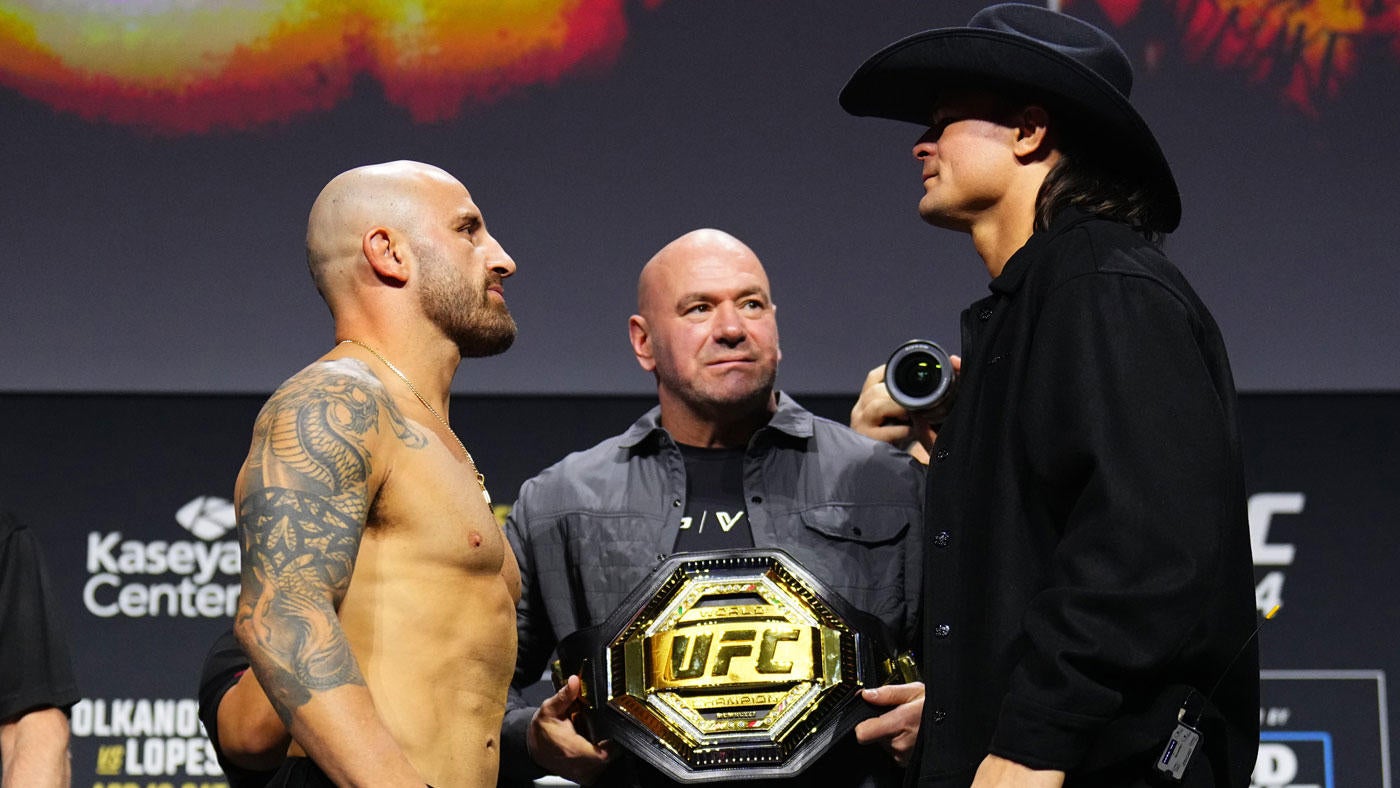
When Selkie, the fashion brand viral on Instagram and TikTok for its frothy, extravagant dresses, announces new collections, reception is generally positive. Known for its size inclusivity — its sizing ranges from XXS to 6X — and for being owned and founded by an independent artist who’s outspoken about fair pay and sustainability in fashion, Selkie tends to be highly regarded as one of the morally “good” brands online.
The brand’s upcoming Valentine’s Day drop was inspired by vintage greeting cards, and features saccharine images of puppies surrounded by roses, or comically fluffy kittens painted against pastel backdrops. Printed on sweaters and dresses adorned with bows, the collection was meant to be a nostalgic, cheeky nod to romance. It was also designed using the AI image generator Midjourney.
“I have a huge library of very old art, from like the 1800s and 1900s, and it’s a great tool to make the art look better,” Selkie founder Kimberley Gordon told TechCrunch. “I can sort of paint using it, on top of the generated art. I think the art is funny, and I think it’s cheeky, and there’s little details like an extra toe. Five years from now, this sweater is going to be such a cool thing because it will represent the beginning of a whole new world. An extra toe is like a representation of where we are beginning.”
But when the brand announced that the collection was designed using generative AI, backlash was immediate. Selkie addressed the use of AI in art in an Instagram comment under the drop announcement, noting that Gordon felt that it was “important to learn this new medium and how it may or may not work for Selkie as a brand.”
Criticism flooded the brand’s Instagram comments. One described the choice to use AI as a “slap in the face” to artists, and expressed disappointment that a brand selling at such a high price point ($249 for the viral polyester puff minidress to $1,500 for made-to-order silk bridal gowns) wouldn’t just commission a human artist to design graphics for the collection. Another user simply commented, “the argument of ‘i’m an artist and i love ai!’ is very icky.” One user questioned why the brand opted to use generative AI, given the “overwhelming number” of stock images and vintage artwork that is not copyrighted, and “identical in style.”
“Why make the overwhelmingly controversial and ethically dubious choice when options that are just as cost effective and more ethical are widely available?” the user continued. “If you have indeed done the research you claim to have on AI, then you also understand that it’s a technology that requires the theft and exploitation of workers to function.”
Gordon said she spends about a week designing collections, but it takes months to a year of development and manufacturing before they’re actually sold online. In the year since she finalized designs for this drop, public opinion of AI art has shifted significantly.
As generative AI tools become more sophisticated, the use of AI in art has also become increasingly polarizing. Some artists like Gordon, who designs Selkie’s patterns herself using a blend of royalty-free clip art, public domain paintings, digital illustration and Photoshop collaging, see AI image generators as a tool. Gordon likens it to photography: it’s new now, but future generations may accept it as another art medium. Many artists, however, are vocally opposed to the use of generative AI in art.
Read this on Tech Crunch













